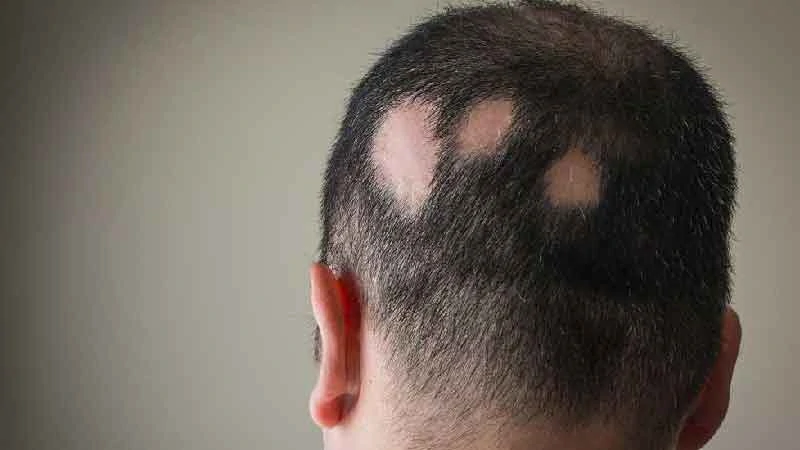
Patchy Hair Loss / Alopecia Areata Treatment in Bangalore
Alopecia areata is a common disorder that causes patchy hair loss on any hair bearing site of the body, most often on the scalp. It is one of the most common, non scarring form of hair loss and accounts for 25% of all the alopecia cases. Although patients of any age group can be affected, the most common ones are between 30 to 60 years of age.
The exact cause for the condition is still an enigma. The cause of alopecia areata is probably an autoimmune reaction. This means the body's immune system incorrectly attacks the body's own cells. In the case of alopecia areata, the cells under attack are in the hair follicles . But genetic predisposition and environmental factors are also shown to play a major role is causing this disease . Various triggering factors like stress, hormones, diet, infectious agents, vaccinations and many others are associated.
Usually, the bald patches appear suddenly and affect only a limited area. It can appear as a single patch or multiple patches. Smaller patches may merge to create a larger patch. The hair grows back within 12 months or less. For some people, however, the problem can last longer and be more severe, causing total baldness (alopecia totalis) or total loss of body hair (alopecia universalis).
Symptoms of Alopecia areata
- Small round or oval patches of baldness on the scalp, eyebrow, eye lashes, moustache & beard, pubic area, axillary area .
- The initial patch may resolve in a few months or may enlarge slowly. New patches may appear after an interval of 3–6 weeks. Confluence of adjacent patches may lead to a larger patch causing near total or total alopecia.
- Usually the condition is symptom free. Few cases may present with mild itching, tingling, tenderness or a burning sensation in the affected area.
- Some people with alopecia areata also have abnormalities in the surface of their fingernails.
Treatment for Alopecia areata
The condition can be treated and bald patch can be stopped from becoming larger with timely diagnosis and treatment. Corticosteroids (Intralesional injections), minoxidil, PRP, anthralin, topical immunotherapy,topical calcineurin inhibitors, phototherapy, mesotherapy etc, are a few to mention.The choice of treatment depends on the size of lesion , location of the lesion, number of lesions, rapidity with which the bald patch is enlarging, age of the patient and keeping into considerations the other associated factors.Doctor's at 4 Senses Clinic will properly diagnose and present patients with the various options and explain its likely results. For Doctor’s Appointment Contact Call: 6366494494
